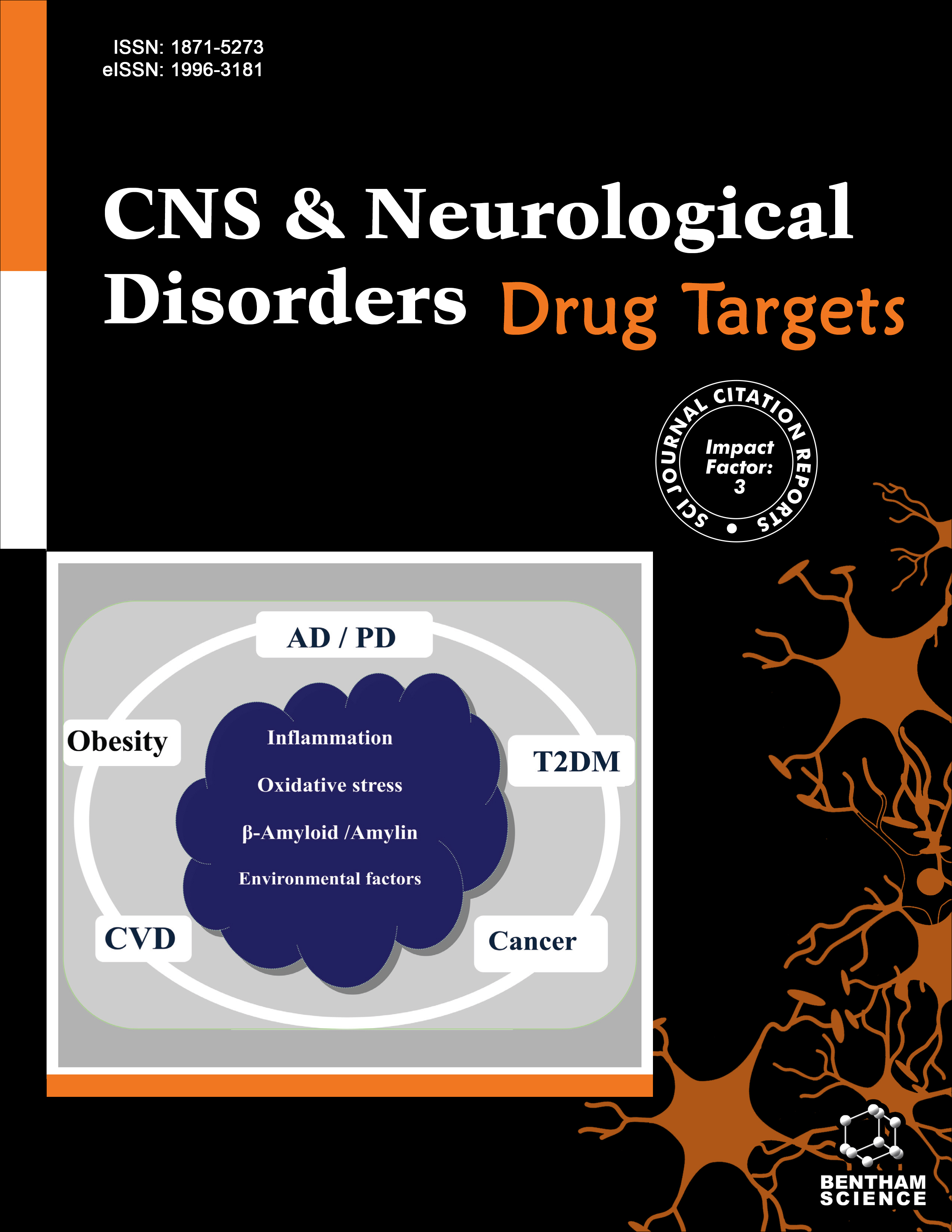
Full text loading...
The association between carbamazepine (CBZ) metabolism and resistance in epilepsy and the genetic polymorphisms of CYP3A5 (rs776746 and rs15524) and CYP3A4 (rs2242480, rs2740574, rs35599367, rs12721627, and rs28371759) has been the subject of previous investigations with controversial results. Hence, we conducted a systematic review to assess the potential link between these polymorphisms and CBZ metabolism and resistance.
Identifying relevant studies was carried out by searching PubMed, Scopus, PharmGKB, EPIGAD, and PHARMAADME databases up until June 2023. The studies included in our analysis investigated the connection between CYP3A5 (rs776746 and rs15524) and CYP3A4 (rs2242480, rs2740574, rs35599367, rs12721627, and rs28371759) polymorphisms and CBZ metabolism and resistance.
This review included a total of 23 studies and more than 2177 epilepsy patients. It was found that the CYP3A4 (rs12721627 and rs28371759) polymorphisms are associated with reduced catalytic activity, whereas the CYP3A4 (rs2740574) polymorphism is linked to lower levels of CBZ-diol and decreased activity. It was also observed that the CYP3A5 (rs776746) polymorphism influences the dose-adjusted plasma levels of CBZ.
Although these findings highlight the impact of genetic variations in the CYP3A4 and CYP3A5 genes on CBZ pharmacokinetics and pharmacodynamics, further studies across diverse populations are essential to enhance personalized epilepsy therapy in clinical settings.

Article metrics loading...

Full text loading...
References


Data & Media loading...
Supplements

